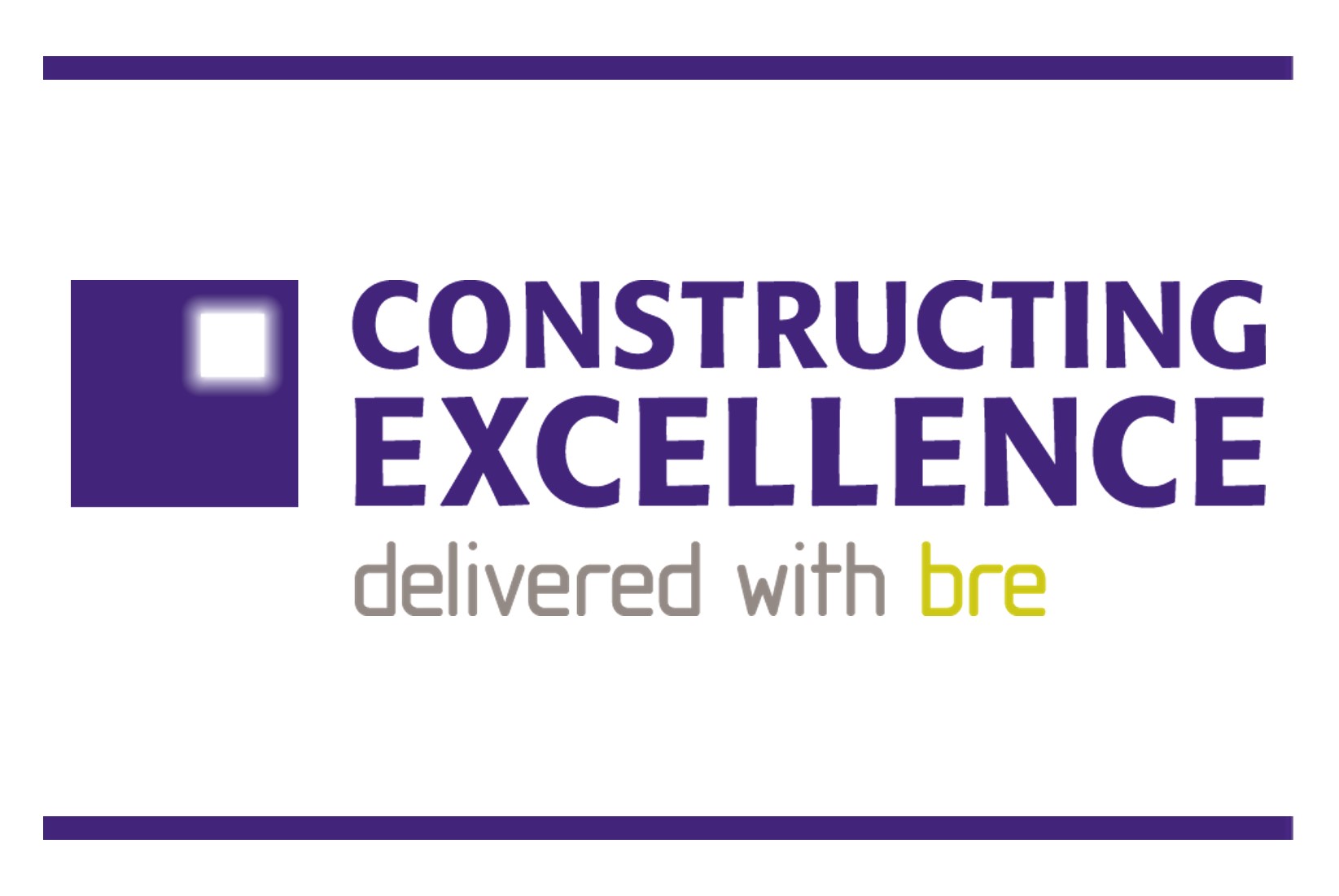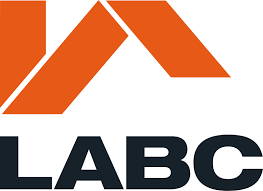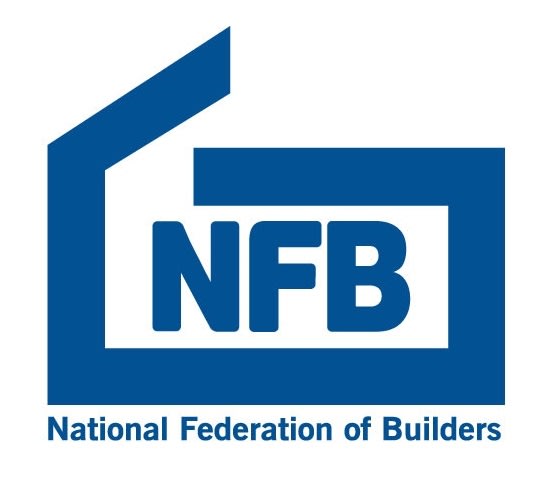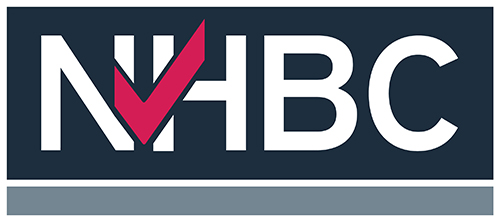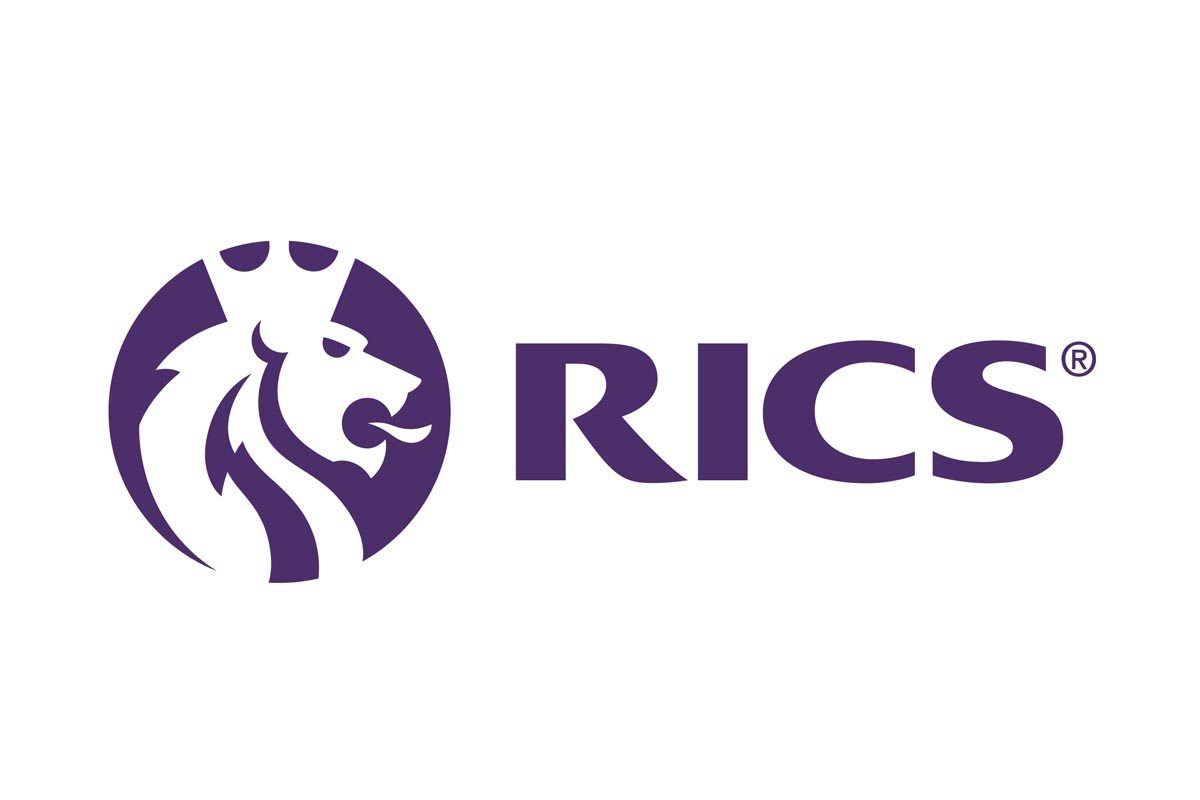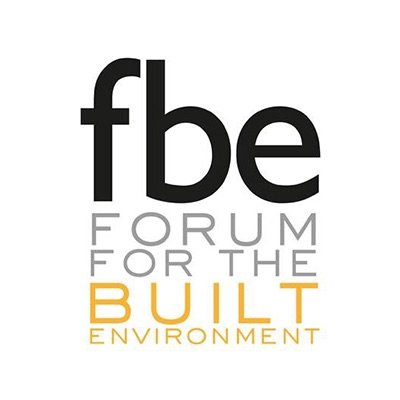Gearing up for the more meticulous BSA approach

This month marks two years since the Building Safety Act (BSA) introduced a new enhanced regulatory regime for building safety and construction products,
This followed in the wake of the Dame Judith Hackitt’s report, ‘Building a safer future,’ in which she made clear that we needed to adopt a very different approach to our regulatory framework for higher-risk buildings (HRBs).
In responding to this new, more rigorous regime, Martyn Jones argues that this will drive change in our culture and behaviours and its effect may well extend beyond the BSA’s current application to residential HRBs (containing at least two residential dwellings and over 18m or seven storeys in height), hospitals and care homes.
The BSA sets out ways in which we can secure the safety of people in and around buildings, improve building standards and regulate our industry in line with best practice principles
It is introducing a set of new duty holder roles and responsibilities to ensure a stronger focus on building safety, that are now impacting on all stakeholders in construction projects.
The Building Safety Regulator (BSR) is now the central body for controlling HRBs with a process that will require robust record-keeping by the duty holders – Principal Designers and Contractors and Principal Accountable Persons – of all changes made to detailed previously signed off plans.
There are three project gateway points to focus and strengthen regulatory oversight by requiring duty holders to show to the BSR that plans are detailed and robust and that the understanding and management of building safety is appropriate.
Gateway 2 is particularly significant in that the applications made must contain sufficient information to show how the works (when complete) will satisfy all the applicable functional requirements of the building regulations before construction can begin. And demonstrate how construction will be effectively managed so that the work carried out is as described in the original application.
Other documents that need to be submitted at Gateway 2 include a competence declaration from the developer to the employer, a construction control plan, a change control plan, Building Regulations compliance statement and a fire and emergency file.
Each building will have a Golden Thread of information, kept digitally and readily accessible to people throughout a building’s life cycle, providing transparency of information and an audit trail.
In achieving the laudable aims of the BSR we should take the opportunity to rethink our procurement practices, to shift from our traditional operating system to ones more supportive of collaborative behaviours and to link the design, construction, operation, and maintenance of HRBs in a more holistic and seamless way.
What key behaviours will be needed?
Let’s start with leadership and the commitment needed to align with and support the BSR’s Mission to protect people and places. And their Vision to create a built environment where everyone is competent and takes responsibility to ensure buildings are of high quality and safe, so that residents and other building users are confident that the failures of the past will not be repeated.
Then there’s the need for learning to demonstrate and underpin competency, which is now a legal requirement for new duty holders, hence the current wave of courses and learning aimed at Principal Designers and Constructors and Principal Accountable Persons.
This growing competency needs to be placed alongside the openness, integrity, discipline, and meticulousness demanded by the new control processes. This means working effectively through clarity of tasks, having clear information flows, transparent decision-making norms and practices, and effective management of projects and supply chains.
It’s about being able to behave and work in a controlled way, complying with rules and standards.
Then there’s the dynamism necessary to embrace the change by proactively and adaptively pursing the new opportunities, and at the necessary pace.
Alongside this can be added the drive, the persistence, and the resilience to confront the resistance to change that we know lies ahead.
In recognition of how interdependent we are in construction and the level of uncertainty and complexity in most projects, we need to collaborate through the building of relationships based on shared learning, competence trust and inclusion, mutual advantage, and support for each other.
Yes, embracing the BSA will offer us a more effective regulatory and responsibility framework, but also a chance to reconfigure our operating system with clearer roles, duties and responsibilities, standards, and guidance. And also, to grasp the opportunity to rethink the way we have all too often worked in the past, and shift from opacity to transparency, from ambiguity to clarity, and from fragmentation to integration.


